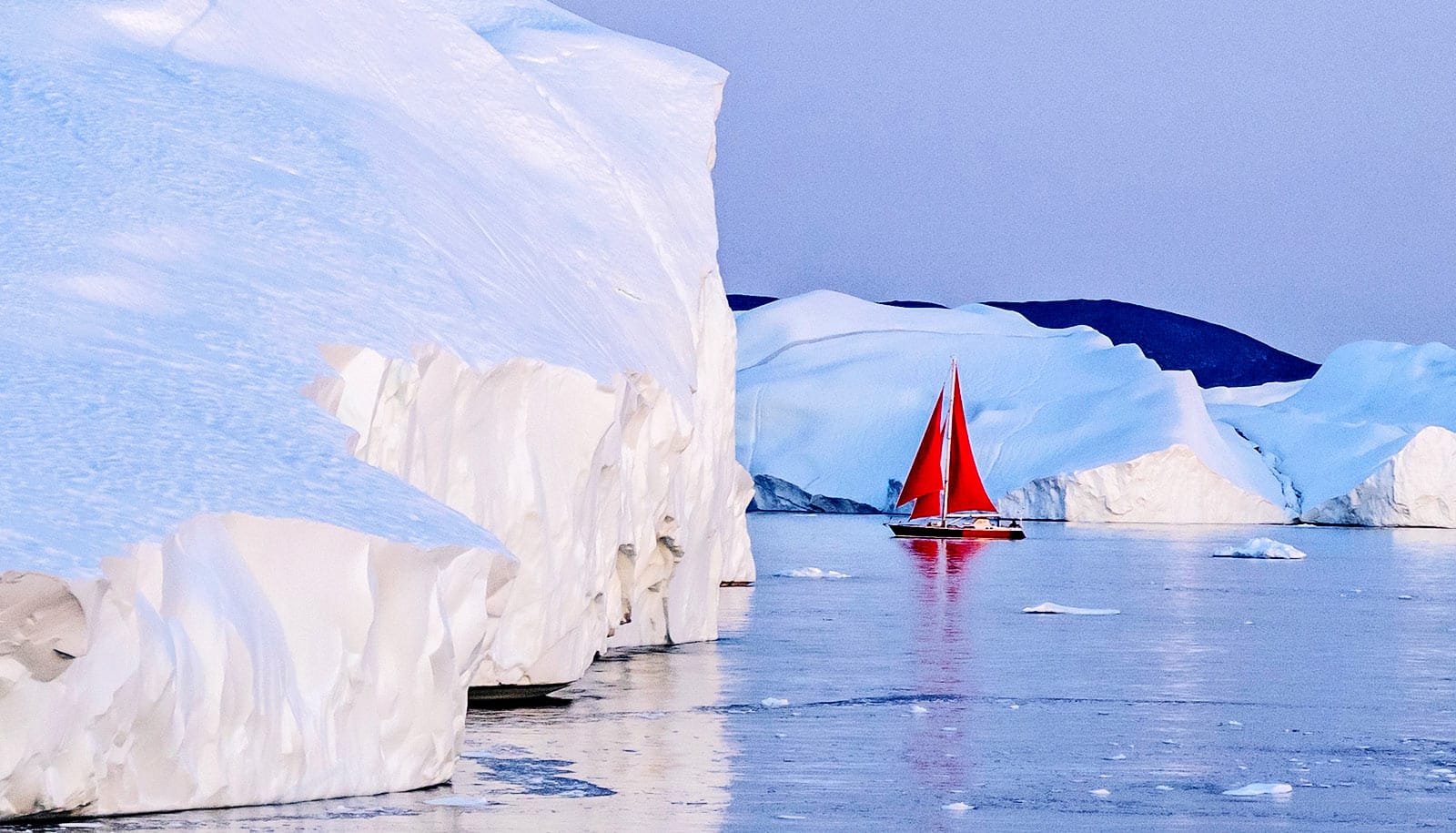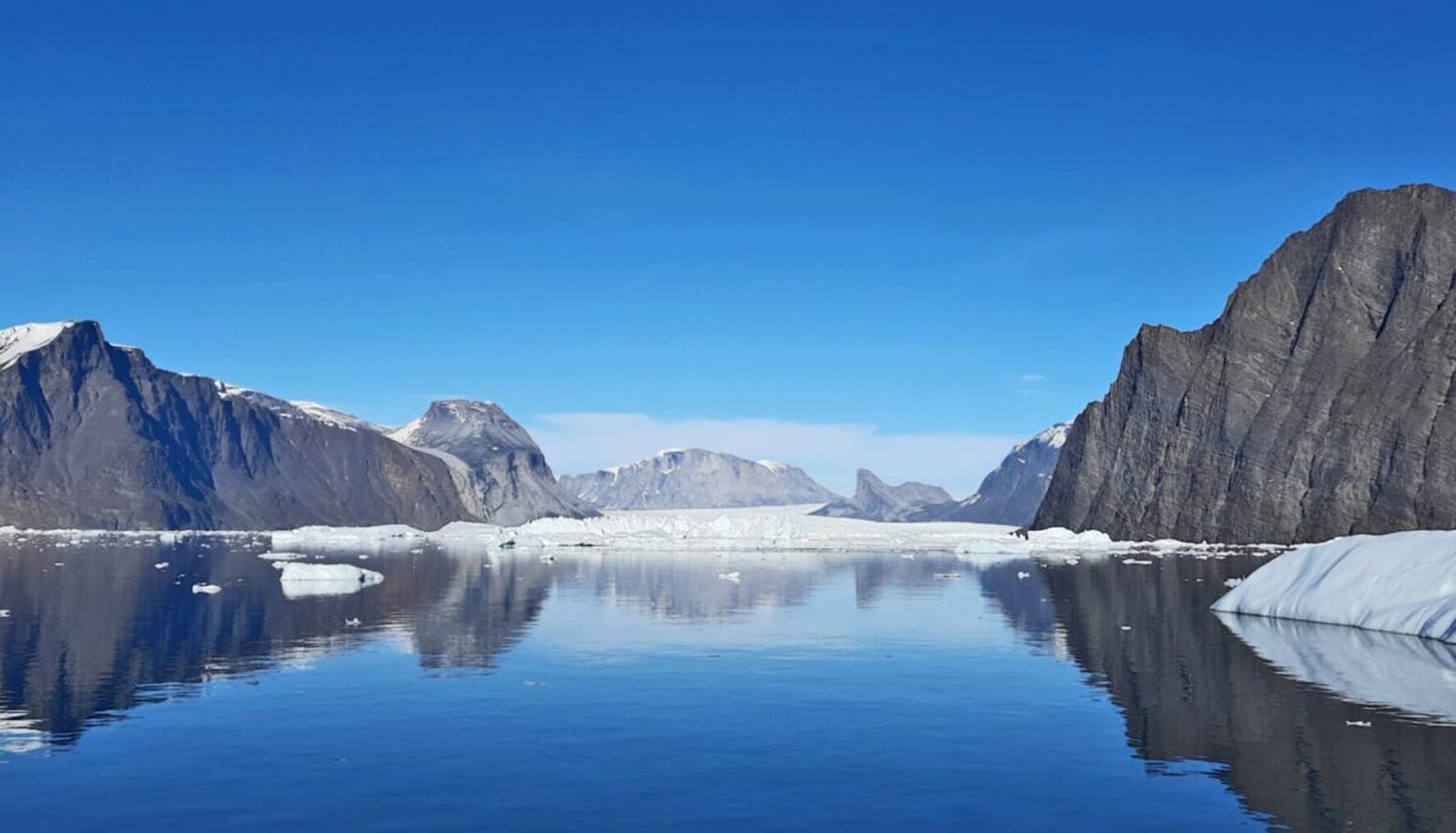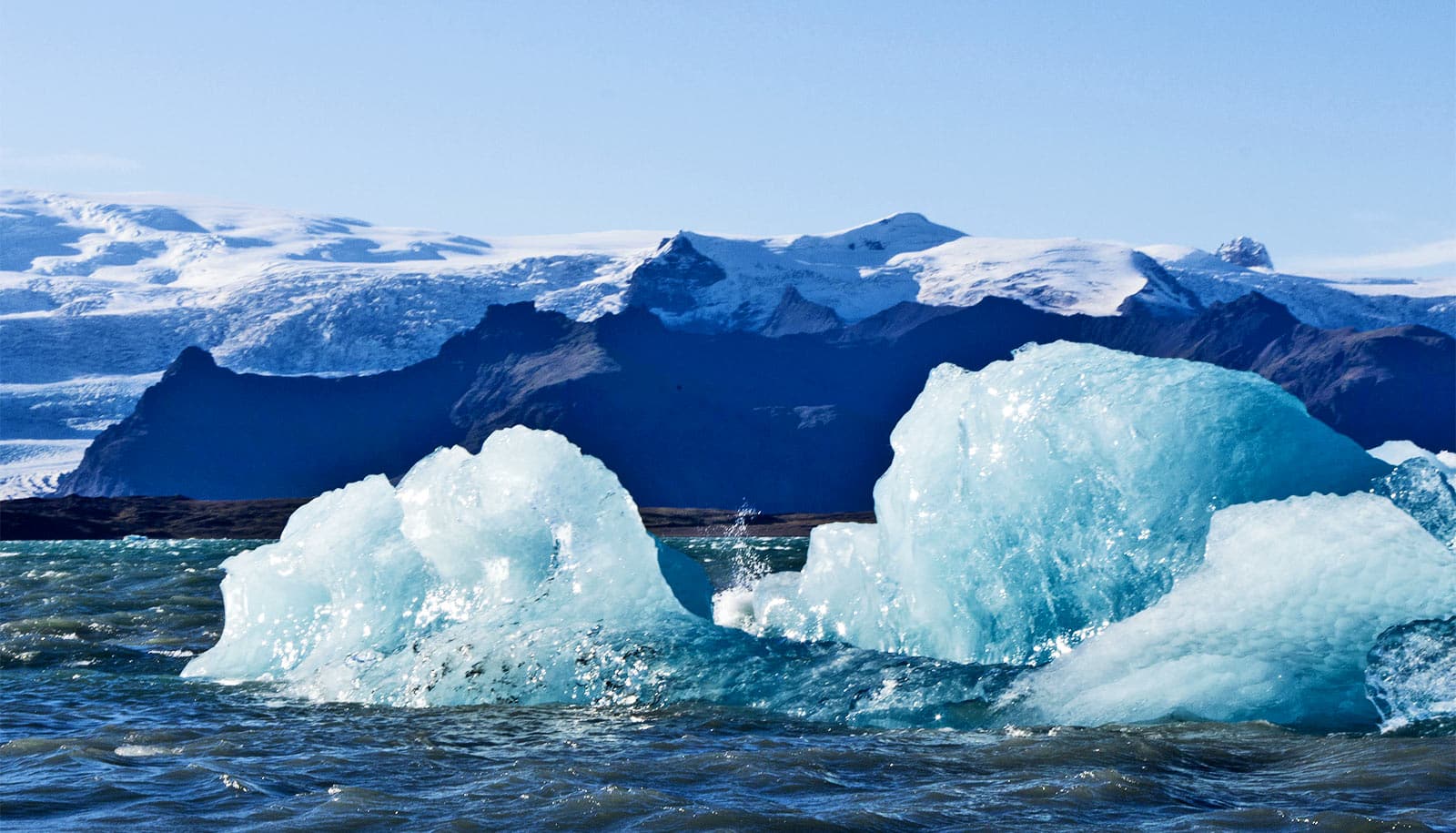The melting of Greenland’s glaciers have increased fivefold in the past 20 years, a new study shows.
They are currently losing 25 meters (around 82 feet) every year. In the 80s and 90s, glaciers shrank by an average of about five meters a year.
Researchers say the finding eliminates any lingering doubts about the impact of climate change on Greenland’s more than 20,000 glaciers.
The study appears in Nature Climate Change.
The new study shows the response of Greenland’s glaciers to climate change over a 130-year period. The past two decades stand out in particular, as melting during this period increased even more dramatically.
A number of studies in recent years have shown that Greenland’s largest glaciers are under massive pressure due to climatic changes and rising temperatures. However, doubts remained about the extent of the melting glaciers, of which there are approx. 22,000 in Greenland, partly due to inadequate measurement methods.
“In this article, we make it clear that Greenland’s glaciers are all melting, and that things have moved exceptionally fast over the past 20 years. There is no doubt about the extent anymore and actually no reason to investigate the claim further,” says Anders Bjørk, assistant professor in the from geosciences and natural resource management department at the University of Copenhagen.
Greenland glacier melting is in ‘full swing’
According to the researcher, previous doubts were warranted to a certain extent. Indeed, the possibilities of investigating and documenting the extent to which glaciers melted away over extended periods of time were limited prior to the era of satellite imagery.
For example, only one of Greenland’s approximately 22,000 glaciers was continuously monitored using so-called mass balance measurements, which began in the mid-1990s. At the same time, there were areas of Greenland covered by glacier that seemed unaffected by rising temperatures just a few years back.
“Previously, we saw areas in northern Greenland, for example, that were lagging behind and melting less compared to the hardest hit glaciers. This generated a bit of doubt about how serious things were in these areas. At the same time, no one before us had ever shed light on such a long period of time, which precipitated doubts as well. But now, the picture is conclusive: The melting of all glaciers is in full swing, there is no longer any doubt,” Bjørk says.
To gain a full overview, the researchers closely studied 1,000 of Greenland’s glaciers, a representative amount for the entire country. They tracked the melting of glaciers over the past 130 years using satellite images and 200,000 old aerial photos from the Danish National Archives, which had previously been used to make maps.
“Slightly more than 1,000 glaciers is an enormous number to study, but we did so because we simply wanted to be absolutely certain to get a comprehensive picture of developments over the last 130 years,” says says Max Twining-Ward, a geography student, who conducted his bachelor-thesis on the project and digitized thousands of glaciers in the process.
While there is no longer much reason to look into whether glaciers are melting or not, the development still needs to be closely monitored, Bjørk says. Over the past twenty years, melting glaciers have contributed to about 21% of observed sea level rise.
“Of course, we’ll be keeping a close eye on developments. We’re in a new era where glaciers are generally in retreat, with major consequences for sea levels that will rise faster and faster,” Bjørk says.
Less ice, less water
Paradoxically, the melting of glaciers in Greenland will lead to a lack of water. Glaciers will reach a point at which they become so small that meltwater rivers will be diminished or disappear altogether. Among other things, this means that Greenland’s ecosystems will change and that renewable energy will face unforeseen hurdles.
“Today, there is already a very real problem in Greenland that the sites where hydroelectric power plants were built 15-20 years ago, based upon the melt from smaller glaciers, do not get enough water because the ice is gone and not being formed again,” Bjørk says.
As to the extent of the melt that the study represents, Bjørk says, “I think it’s quite disturbing. Because we’re well aware of where this is headed in the future. Temperatures will continue to rise and glaciers will melt faster than they do now.
“But our study also shows that glaciers respond to climate change very quickly, which is in itself positive because it tells us that it’s not too late to minimize warming. Everything that we can do to reduce CO2 emissions now will result in slower sea level rise in the future.”
Source: University of Copenhagen



